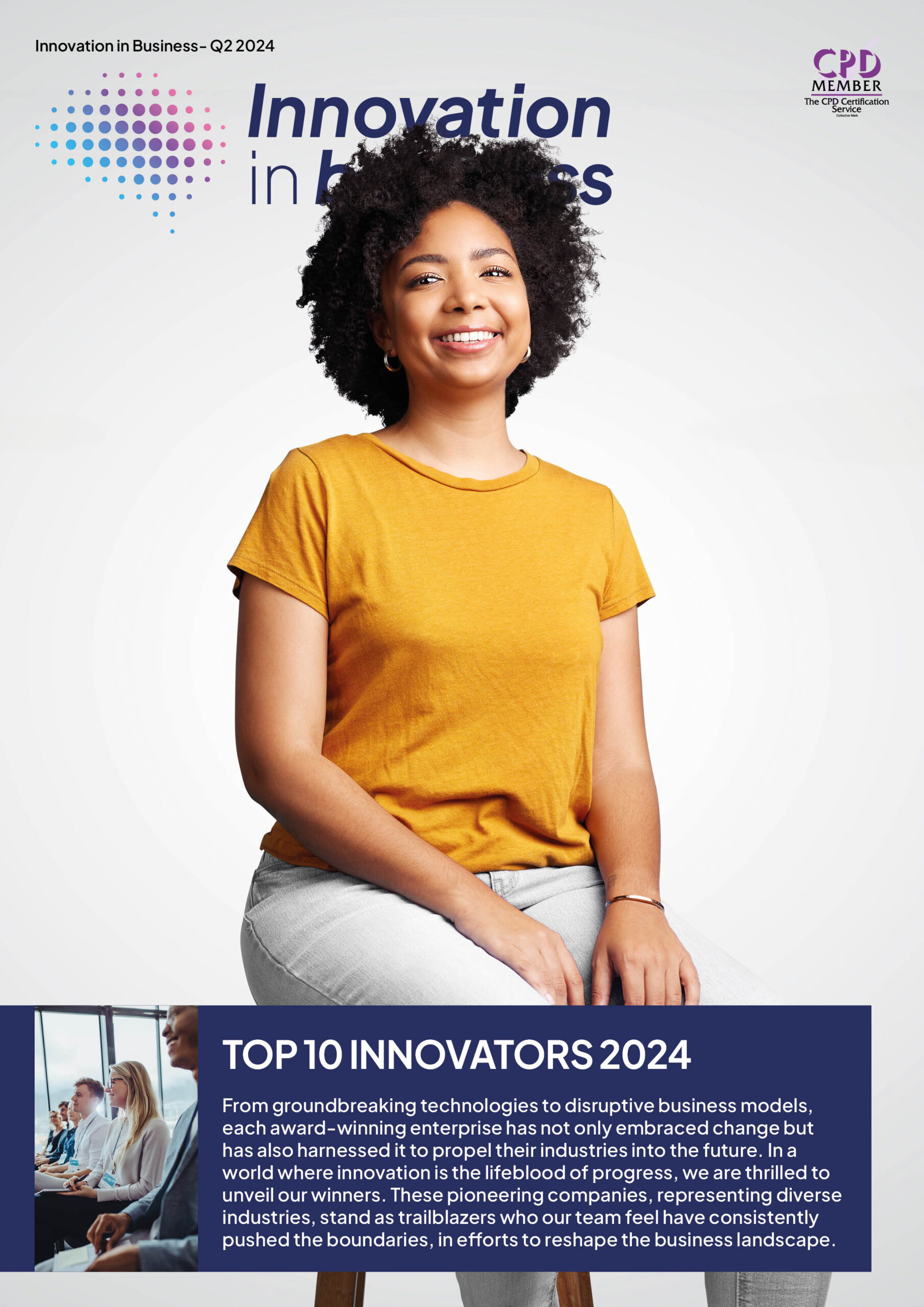

When it comes to cutting metal, the tools you choose can make all the difference. Whether you’re in construction, manufacturing, or any other industry that works with metal, finding the right cutting method can save you time, money, and headaches. For years, traditional methods like oxy-fuel and sawing were the go-to options. But things have changed. Plasma cutting has gained a lot of attention for being faster, more precise, and more efficient.
So, how does plasma cutting compare to those tried-and-true methods? Is it worth the investment? In this article, we’ll break down the key differences between plasma cutters and traditional cutting methods, looking at factors like speed, cost, and versatility. By the end, you’ll have a clear idea of which tool fits your cutting needs.
Let’s dive in!
Efficiency and Speed of Cutting
When it comes to speed, plasma cutting outperforms most traditional methods. Plasma cutters use an electrically conductive gas to slice through metals at high speeds. This allows them to cut through materials like steel and aluminum up to five times faster than oxy-fuel cutting. This is particularly beneficial for industries needing to quickly process large quantities of metal.
On the other hand, traditional methods like sawing or shearing tend to be slower. Mechanical constraints limit their speed, and they often struggle with thicker metals. While oxy-fuel cutting can work on thicker materials, it’s slower and less efficient than plasma cutting. For businesses focused on productivity, plasma cutting offers a clear advantage in speed and overall efficiency.
Precision and Quality of Cuts
Plasma cutters are known for delivering precise, clean cuts with minimal effort. Unlike traditional cutting methods, such as oxy-fuel or mechanical cutting, plasma cutting produces a much smaller heat-affected zone. This reduces the risk of material warping or deforming, ensuring the edges remain smooth and sharp. Whether you’re working with thin metals or thicker materials, a plasma cutter can easily handle it, making it ideal for intricate designs or detailed cuts.
Additionally, plasma cutting requires little to no post-processing, saving both time and effort in finishing work. For businesses or individuals looking for high-quality results, a plasma cutter is a top choice. However, it’s important to choose the right supplier. A reputable dealer can ensure you get the most from your plasma cutter, offering expert guidance and peace of mind with every purchase.
Versatility and Material Compatibility
Plasma cutters are incredibly versatile. They can cut through various conductive metals, including steel, aluminum, brass, and copper. Whether you’re working with thin or thick materials, plasma cutters can easily adjust to different thicknesses. This flexibility eliminates the need to change tools frequently.
Traditional cutting methods are more limited. Oxy-fuel cutting, for instance, is best suited for ferrous metals like steel and iron. It struggles with non-ferrous metals like aluminum. Similarly, mechanical cutting tools like saws may require different blades for various materials, adding to the time and complexity of the process. Plasma cutters’ ability to handle multiple materials efficiently makes them ideal for industries with diverse cutting needs.
Safety and Ease of Use
Plasma cutting offers significant safety advantages over traditional methods. The technology generates less heat and doesn’t require flammable gases, making it a safer option. Most plasma systems come with built-in safety features like automatic shut-offs and protective shields. This reduces the risk of burns and accidents on the job.
Traditional cutting methods, particularly oxy-fuel cutting, involve the use of high temperatures and flammable gases, which increases the risk of explosions or burns. Mechanical cutting also poses hazards, with risks of flying debris and worn-out blades. Plasma cutting’s modern safety features make it a preferable option, especially in workplaces where safety is a priority.
Maintenance and Downtime
Plasma cutters require relatively low maintenance. Since they have fewer moving parts than mechanical systems, there’s less wear and tear. Consumable parts like electrodes and nozzles last longer and are easy to replace. This means less downtime for repairs and maintenance, keeping production moving efficiently.
In contrast, traditional cutting systems often experience more frequent breakdowns. Mechanical systems require regular blade replacements, and oxy-fuel systems need ongoing gas supply checks. The downtime from these issues can slow down production and increase costs. Plasma cutting’s reliability makes it a solid choice for operations looking to minimize interruptions.
Conclusion
When compared to traditional cutting methods, plasma cutting offers several advantages in terms of speed, precision, and cost-efficiency. While traditional methods may still have their place in specific situations, plasma cutting provides a more versatile, reliable, and eco-friendly solution for most industrial applications. So, if you are part of an industry focused on high-quality performance and sustainability, plasma cutting is the future of cutting-edge technology.

Technology
25 March 2025
Ransomware-As-A-Service Variants on the Rise With Critical Infrastructure Providers at the Greatest Risk

Business Advice
25 March 2025
Claims Processing Automation: How Insurers Can Cut Costs and Improve CX

Technology
18 March 2025
Secret Signs Your Internet Security Has Been Compromised






















